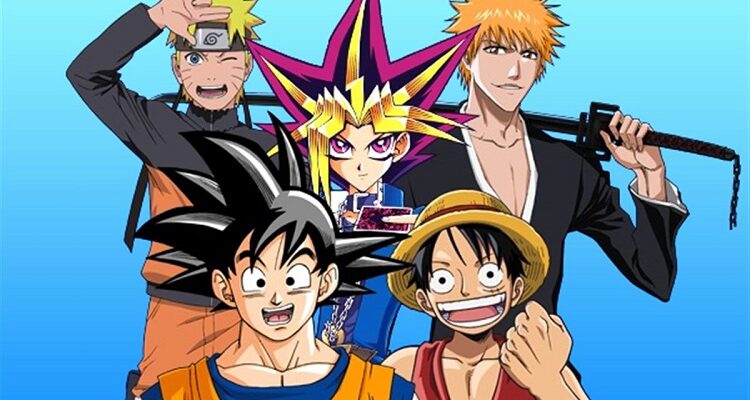Manga, the Japanese art form of comics and graphic novels, has captivated readers worldwide for decades. Beyond its entertainment value, manga holds immense cultural significance, reflecting the unique aspects of Japanese society and influencing global popular culture. In this article, we will delve into the latest information on the cultural significance of mangafreak and explore how it has left an indelible mark on various aspects of society.
Table of Contents
Historical Background
Manga has a rich history that can be traced back to the 12th century, with the narrative scrolls of the Heian period being early precursors to the art form. However, it was in the post-World War II era that manga gained widespread popularity and evolved into its modern form. Influenced by the West, particularly American comics, Japanese artists developed their distinctive style, characterized by bold lines, expressive characters, and intricate storytelling techniques.
Cultural Reflection
One of the key reasons manga holds such cultural significance is its ability to reflect various facets of Japanese society. It provides a window into the everyday life, customs, traditions, and values of the Japanese people. Manga often portrays relatable characters navigating social hierarchies, familial relationships, and the pursuit of personal goals, creating a sense of empathy among readers.
Moreover, manga tackles social issues prevalent in Japan, such as gender roles, identity, and societal pressures. For example, the genre of “shojo” manga, targeted at young girls, explores themes of romance, friendship, and self-discovery, empowering its readers. On the other hand, “seinen” manga caters to adult male readers and delves into more mature topics like politics, crime, and psychological dilemmas.
Global Impact
The cultural significance of mangahere extends far beyond Japan’s borders. The medium has achieved immense popularity worldwide, inspiring a global fan base and contributing to the development of other creative industries. Manga’s distinctive art style has influenced Western comics, animation, and even fashion. Popular manga franchises like “Dragon Ball,” “Naruto,” and “One Piece” have amassed millions of fans globally and have been adapted into animated series and movies.
Manga’s influence is particularly evident in the realm of cosplay, where enthusiasts dress up as their favorite characters. Numerous conventions and events worldwide celebrate manga, fostering a sense of community and cultural exchange. Furthermore, manga has paved the way for the growth of the anime industry, with many manga titles being adapted into successful animated series, attracting a diverse audience.
Evolution and Digitalization
In recent years, manga has transformed due to digitalization. With the rise of smartphones and e-readers, digital manga platforms have gained popularity, making manga more accessible to readers worldwide. This has allowed creators to experiment with newtoki storytelling techniques, and interactive features, and reach a broader audience. Webcomics and online platforms have given rise to a wave of independent manga artists, allowing diverse voices and narratives to flourish.
Conclusion
The cultural significance of manga cannot be overstated. It serves as a cultural mirror, reflecting the values, struggles, and aspirations of Japanese society while simultaneously captivating global audiences. Manga has inspired countless creators, pushed artistic boundaries, and played a crucial role in the development of pop culture worldwide. As the medium continues to evolve in the digital age, its influence is likely to expand even further, cementing manga’s place as a powerful cultural force with a global reach.







Comments